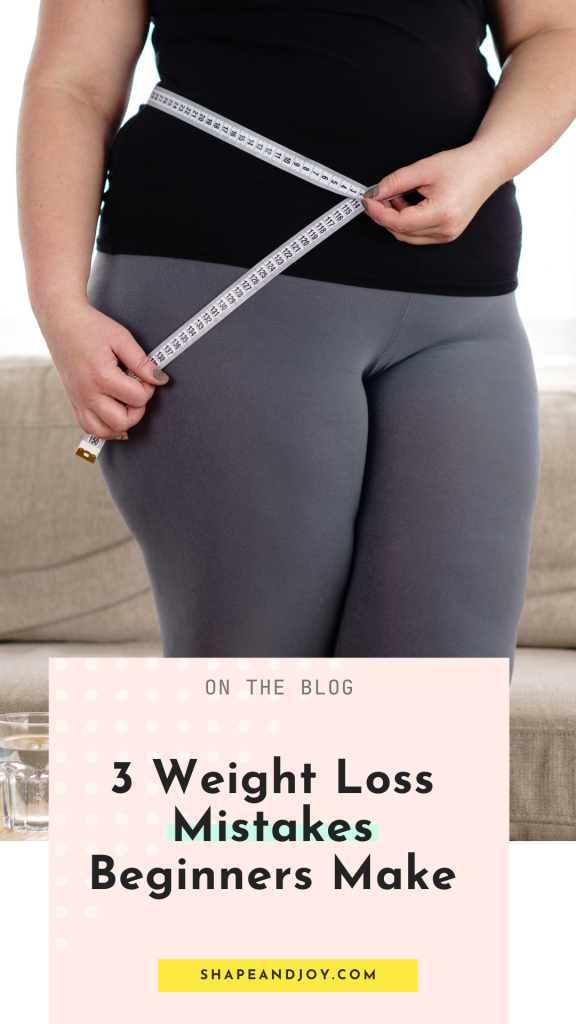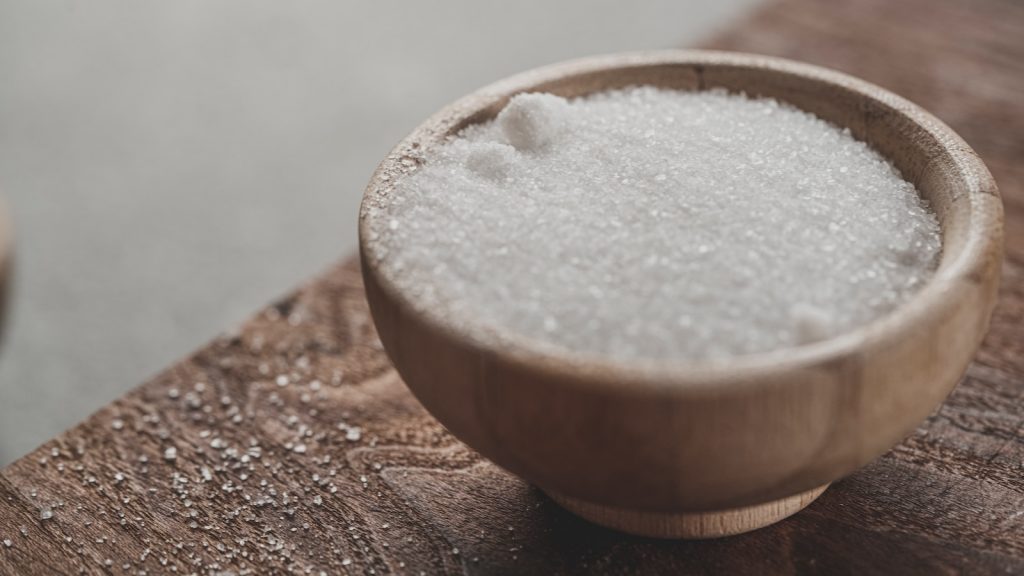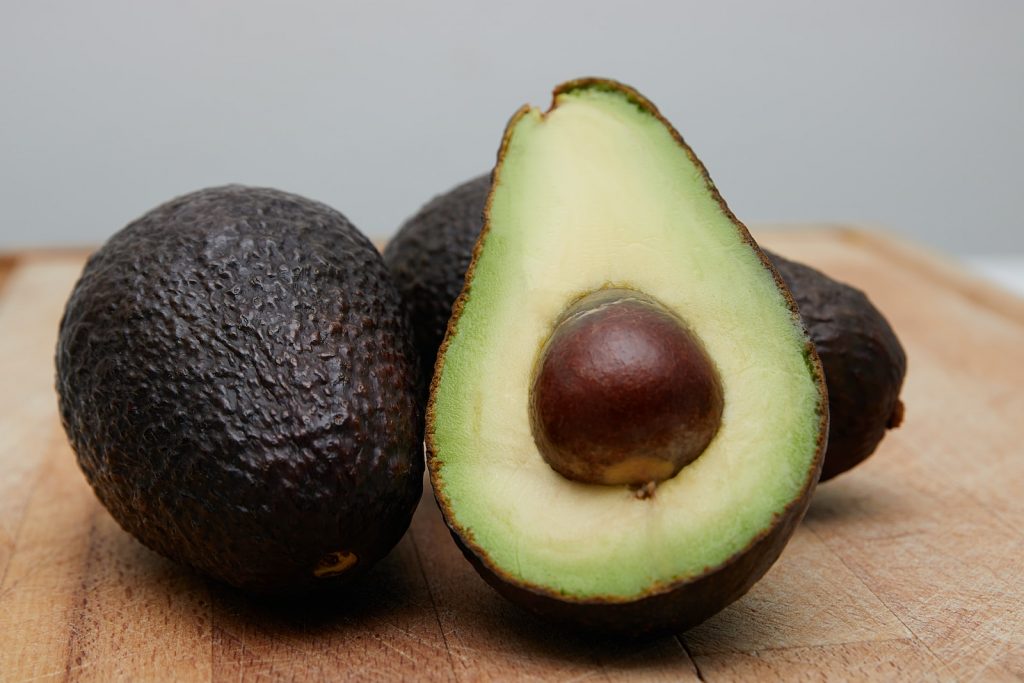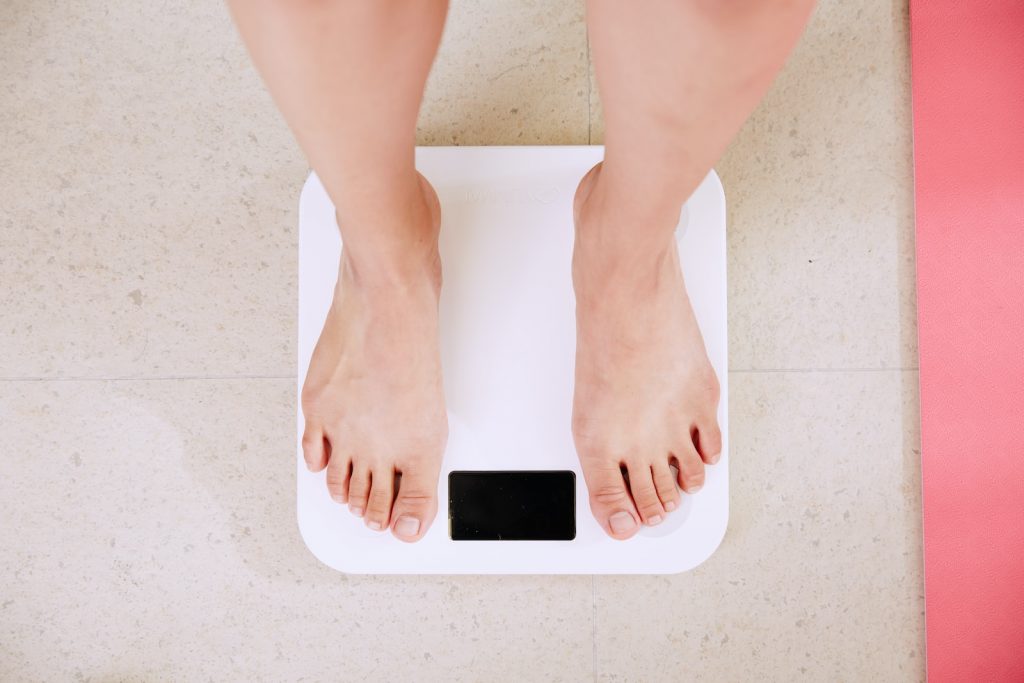This post may contain affiliate links, which means that I may earn a commission if you click on the link, with no cost for you. It’s one of the ways I support my blog. You can read more about this here.
Introduction
Are you struggling to lose weight despite your efforts? You’re not alone. Losing weight is not a walk in the park, and setbacks should be expected. The key is to learn from mistakes and not to be discouraged. In this post, I want to talk about 3 common weight loss mistakes beginners make that could be preventing you from reaching your weight loss goals, and more importantly, how to correct them. By understanding these mistakes and making the necessary changes, you can make sustainable changes to your lifestyle that will be the key to your long-term success.

LEARN MORE ABOUT MY WEIGHT LOSS JOURNEY! > How I Lost Over 80lbs: Tips For Starting A Weight Loss Journey
1. Relying On Low or Reduced Fat Foods
There is a common misconception that cutting out fats entirely is the key to losing weight, but the truth is a bit more nuanced.
Fats have been unfairly demonized in the health and fitness space, and part of the reason is because of their calorie density. Unlike proteins and carbohydrates, which provide approximately 4 calories per gram, fats are more calorie-dense, having around 9 calories per gram. This higher caloric density has led to the misunderstanding (and marketing) that consuming fats automatically leads to weight gain.
While it’s true that fats are more concentrated in calories, it’s important to understand that not all calories are created equal. In reality, the type of calories we consume matters just as much as the total calorie count.
Fats And Satiety
Fats actually play an important role in promoting satiety, helping you feel full and satisfied after a meal. Whereas low-fat options*, marketed as healthier choices, can have a negative affect on satiety because of their sugar content. When a product has reduced fat content, manufacturers need to compensate for the loss of flavour and texture that fat brings, by adding sugar.

Low-fat options with high sugar content might give you a temporary sense of fullness due to the quick energy spike from sugar. But, the feeling is often short-lived, as the rapid rise in blood sugar is followed by a crash, often leaving you feeling hungry and craving more food.
The high sugar content in low-fat products can trigger cravings for even more sweet foods. The cycle of sugar spikes and crashes can create a rollercoaster effect on hunger and satiety, which can make it more difficult for you to maintain a consistent and balanced eating pattern.
Including healthy fats in your weight loss journey is important for a lot of reasons, with satiety being a key factor for weight loss.
*Products where the fat has been removed or reduced, not naturally lower fat foods
Tips To Include More Healthy Fats Into Your Diet
- Choose Whole Foods: Aim to eat whole, minimally processed foods. Avocados, nuts, seeds, and olives are all nutrient-rich sources of healthy fats.
- Enjoy Full-Fat Dairy: When it comes to dairy, choose full-fat options like whole milk, Greek yogurt, and real cheese. These offer more satiety compared to their low-fat options.
- Cook with Healthy Oils: Use healthy cooking oils like olive oil. It adds more flavour to meals and provides essential fatty acids. Just be cautious of how much you’re using.
- Include Fatty Fish: Eat fatty fish, like salmon, mackerel, or sardines. These have a good amount of omega-3 fatty acids, which are great for both satiety and overall health.
- Snack on Nuts and Seeds: Nuts and seeds, like almonds, walnuts, or sunflower seeds, are great to snack on. But be mindful of portion sizes as calories can quickly add up.
- Avocado Additions: Add sliced avocados to salads, sandwiches, or as a topping for different meals. Avocados are a really satisfying source of monounsaturated fats.
- Include Eggs: Eggs are a nutrient-dense food that contain healthy fats. Include whole eggs into your meals for more satiety.
- Balanced Meals: Aim for balanced meals that include a combination of healthy fats, proteins, and complex carbohydrates. A good balance of macros contributes to sustained energy and satiety.
POSTS YOU MAY BE INTERESTED IN:

2. Only Looking At Food As Calories
As mentioned in the previous section, not all calories are created equal. One big weight loss mistake beginners make is having a laser focus on calories—counting, restricting, and tracking everything. Weight loss, in theory, is simple – calories in vs calories out. As long as you eat fewer calories than you burn, you’ll lose weight – that’s a fact.
But having a solely calorie-centric approach has its limits. It overlooks the importance of the quality of the calories consumed. This again comes down to nutrient density and satiety.
If you look at a piece of fruit and a chocolate bar, they may have similar calorie content. But the fruit comes with the added benefit of fibre. Fibre increases the feeling of fullness in a few ways. First, it adds bulk to your food, making it physically more filling. Second, it slows down digestion, helping to regulate the release of glucose into the bloodstream and preventing sudden hunger. It also influences the hormones, leptin and ghrelin, which control appetite, telling your brain when you’ve had enough to eat.
So while a chocolate bar may have the same calorie content as an apple, they’re not the same. BUT if you’re craving a chocolate bar, you should have it! It’s important to find a balance and not completely cut-out foods you love.

80/20 Approach
When counting calories to lose weight, a great way to make sure you are eating a balanced and satiating diet is to use the 80/20 approach (Something I write about A LOT).
The 80/20 approach involves mindful, whole-food choices 80% of the time but allowing yourself the freedom to treat yourself to less nutrient-dense options the remaining 20% of the time.
By making 80% of your diet whole, nutrient-dense foods, you’re giving your body the fuel it craves. Foods, like fruits, veg, lean proteins, and whole grains, are packed with vitamins and minerals that keep you feeling full and satisfied. So, when you have the occasional treat during the remaining 20%, it becomes a joyful experience rather than a source of guilt. This balanced approach helps to build a positive and sustainable relationship with food, making your journey towards a healthier lifestyle more enjoyable.
POSTS YOU MAY BE INTERESTED IN:
3. Weighing Too Often Or Taking Too Many Progress Photos
It can be really tempting to check the scale or take progress photos frequently. But it’s important to remember that progress isn’t always linear, and tracking these things too often can leave you feeling demotivated.

The numbers on the scale fluctuate everyday, for a lot of different reasons including water retention, hormonal fluctuations, and even the time of day. Constantly weighing in can lead to you to feel extremely frustrated, especially when faced with natural weight fluctuations. Fluctuations are entirely normal and don’t reflect your true progress. Don’t let these day-to-day changes discourage you and undermine the positive efforts you are making!
Taking progress photos will actually show you a more accurate picture of your progress. But again, these shouldn’t be taken too often. The minute changes in photos are often so subtle and may not be noticeable on a day-to-day basis. Space out progress photos over longer intervals, every 4-6 weeks is ideal. This way, you’ll be able to see more significant changes, giving you a more positive outlook on your changes.
Other Ways To Measure Progress
Rather than fixating solely on weight or progress photos, think of some other ways to measure success in your journey. Improved energy levels, increased stamina, or achieving new fitness milestones are much more meaningful indicators of progress. Non-scale victories provide a more holistic and positive perspective on your journey.
POSTS YOU MAY BE INTERESTED IN:
Smart Weight Loss Goals: How To Make A Plan To Lose Weight

3 Tips for Successful Weight Loss
- Set Achievable Goals: Setting realistic and achievable goals is key to maintaining motivation on your weight loss journey. Break down your larger goal into smaller, more manageable milestones, and celebrate each small victory along the way!
- Listen to Your Body: Pay attention to hunger and fullness cues. Eat when you’re hungry, and stop when you’re satisfied.
- Stay Consistent, Be Patient: Consistency is key to long-term success. Be patient with the process, and focus on creating sustainable habits rather than seeking fast results.
Weight Loss Mistakes Beginners Make: Conclusion
Starting a weight loss journey is a step towards improving your overall well-being. As a beginner, it’s important to recognise that mistakes and setbacks are a natural part of the process. Instead of viewing setbacks as failures, think of them as learning opportunities. Learn from the challenges you encounter, adjust your approach, and continue moving forward with resilience.
Celebrate not just the scale victories but also the small achievements that contribute to your overall progress—improved energy, better fitness levels, and a positive mindset. Your journey is unique to you, and there’s no one-size-fits-all approach to weight loss. Embrace the process, stay consistent with healthy habits, and be patient with yourself.
I hope you enjoyed this post and found it informative. Share your thoughts, experiences, or any tips you have for a successful weight loss journey in the comments below!

